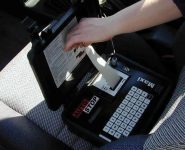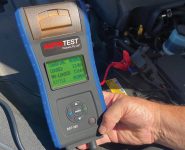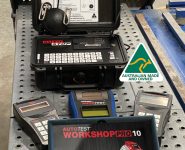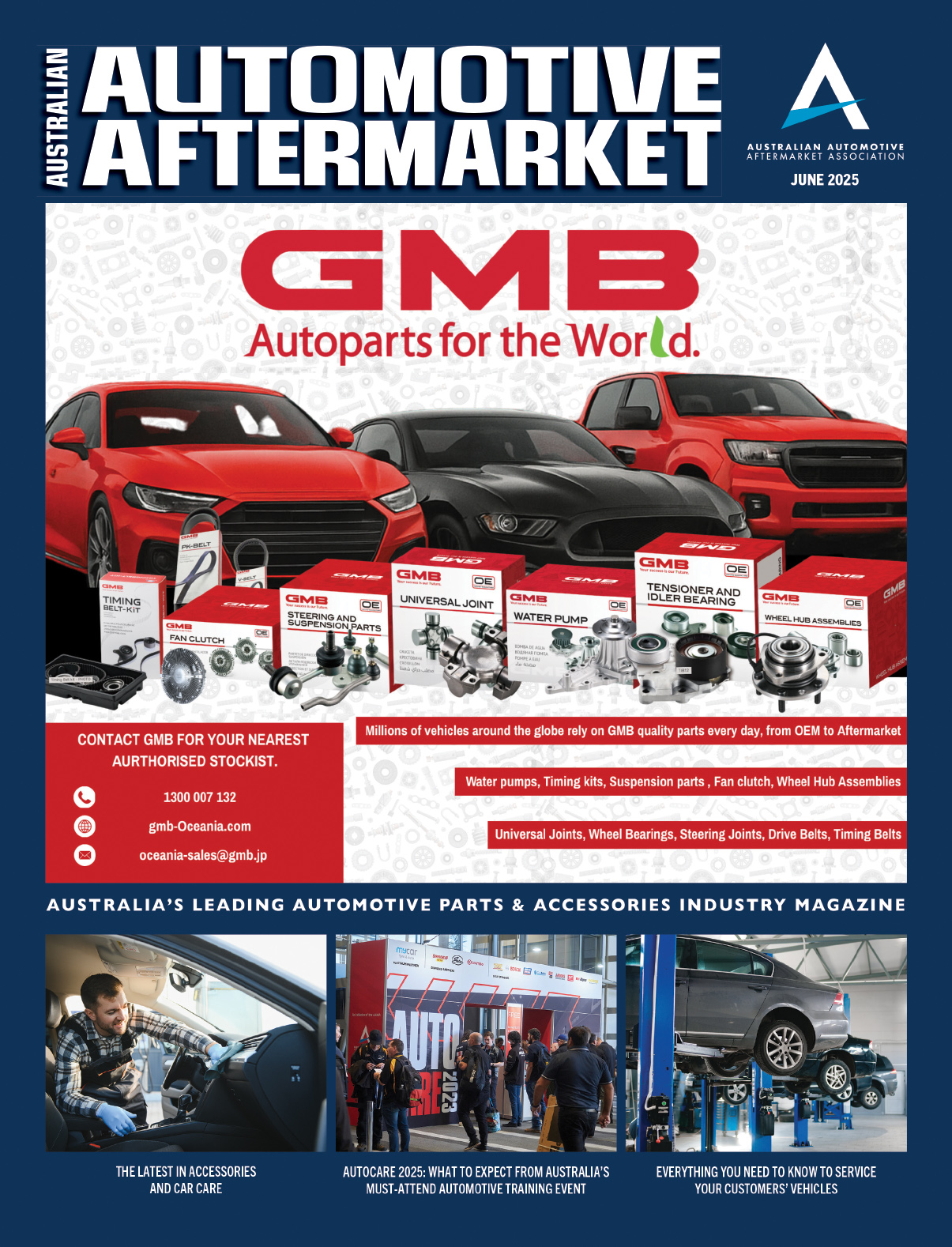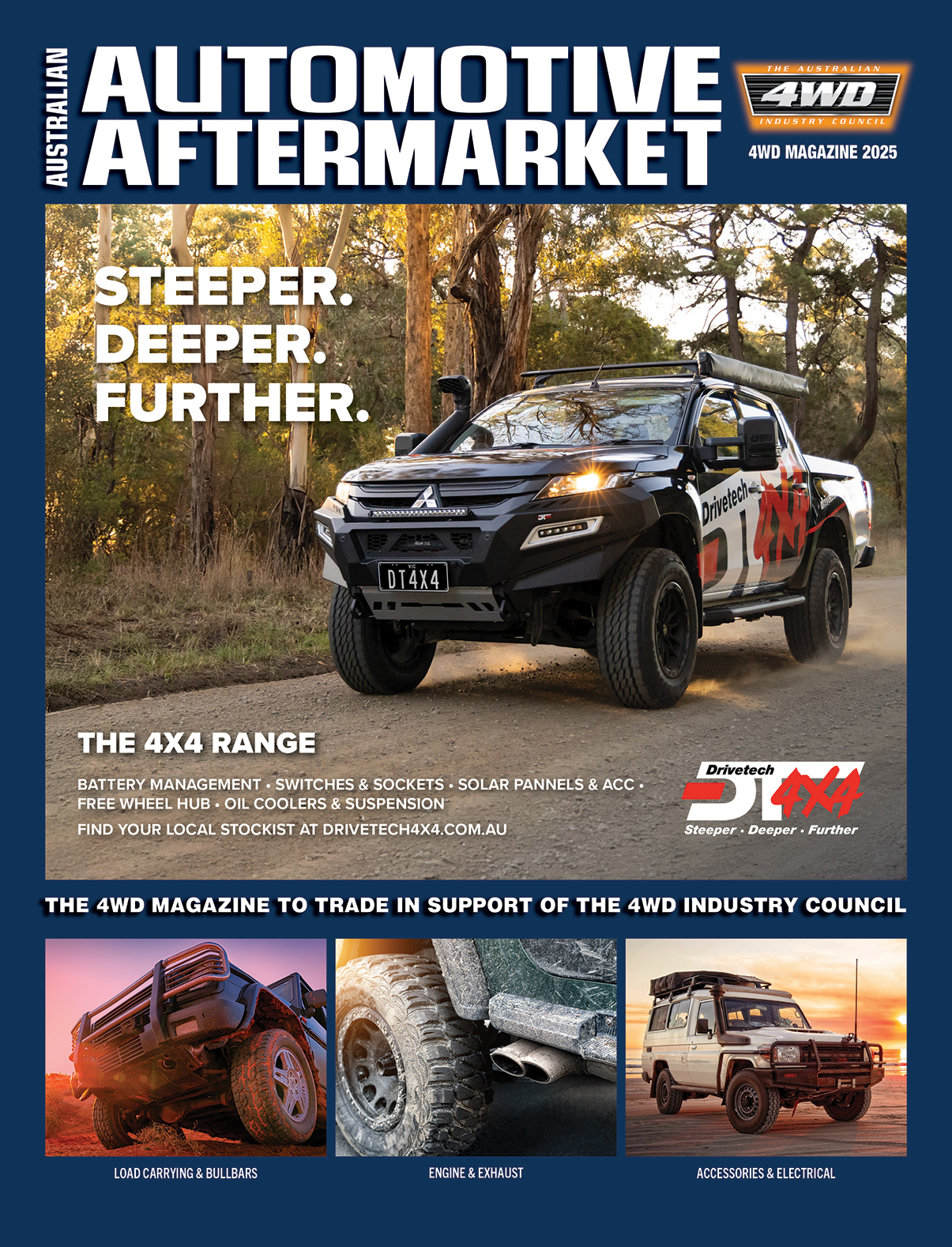MAINTAINING YOUR VEHICLE
AutoTest discusses the question: what maintenance regime is best?
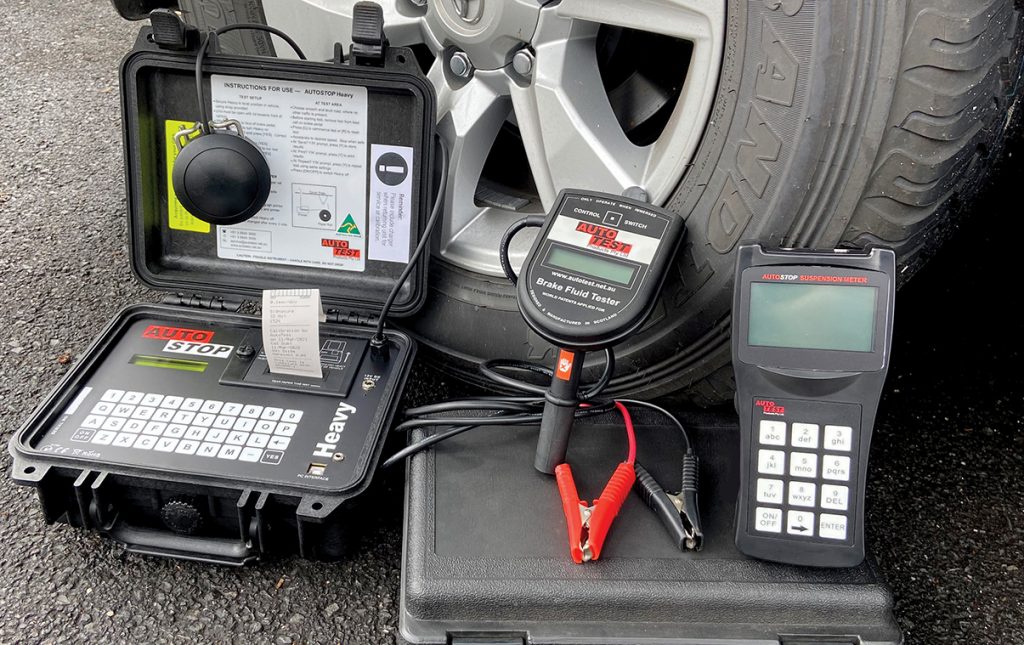
Every industry grapples with a fundamental question: how should we approach maintenance?
Several factors influence this decision, with cost reigning supreme. However, the cost aspect is not as straightforward as it might seem.
Factors like production loss, human resources, risk, materials, and time all play into the equation.
Each of these aspects bears a distinct cost that requires unique measurement approaches.
Time-Based Maintenance involves repairing or replacing an item at set intervals, regardless of its condition.
This strategy, also known as scheduled maintenance, shields against predictable wear and tear-related failures with known Mean Time Between Failure (MTBF). Time-Based Maintenance rests on the assumption that the failure is due to aging, and a clear service life can be determined.
Failure Finding Maintenance focuses on detecting hidden failures often tied to protective functions, like safety valves or secondary systems.
This equipment only comes into play when something else fails.
Consequently, its functionality is not apparent under normal conditions, necessitating repairs before relying on it for protection.
This strategy operates at predetermined time intervals, typically derived from legislation or risk-based approaches
Condition Based Maintenance centres on the premise that most failure modes are not tied to age.
These failures often have early warning signs. If there is evidence something is in the initial stages of failure, pre-emptive action can be taken.
Condition Based Maintenance is not limited to condition monitoring techniques and can be applied to various areas like brakes, suspension, and emissions.
Condition Based Maintenance does not reduce the likelihood of failure over time but intervenes before failure occurs, aiming to be more cost-effective and less disruptive to availability.
Predictive Maintenance, once synonymous with Condition Based Maintenance, now diverges with the advent of Artificial Intelligence and affordable sensors.
Predictive Maintenance uses parameters to anticipate when a vehicle is deviating from stable conditions and heading toward failure.
This strategy aims to predict the failure and schedule maintenance appropriately.
Corrective Maintenance restores after failure, assuming it is acceptable, and prevention is uneconomical.
This results from Run to Failure strategies or unforeseen breakdowns.
Emergency Maintenance is urgent corrective work that disrupts schedules, being costly.
Preventing is cheaper and safer. Preventive maintenance also has a lesser impact on serviceability compared to breakdown maintenance.
Which is better: preventive maintenance or predictive maintenance?
Predictive Maintenance is a type of Preventive Maintenance, both involving maintenance before failure. The key lies in selecting the right type based on the failure mode.
For random failures, condition-based or predictive tasks are effective. For age-related failures or cases where condition-based is not economical, time-based tasks fit better. Examples include filters, lighting, brakes, and suspension.
AutoTest, located in Kensington, Victoria, explains that it offers reliable equipment for comprehensive vehicle testing. From Decelerometers for brake systems to Brake Fluid Testers, Suspension Meters, Emission Analysers, and more,
AutoTest states that it provides quality products designed to meet industry needs.
Used by garages, regulatory authorities, and service testing stations globally, AutoTest says it is committed to innovation, addressing evolving industry requirements.
For more information, visit www.autotest.net.au



